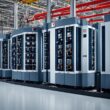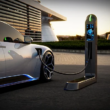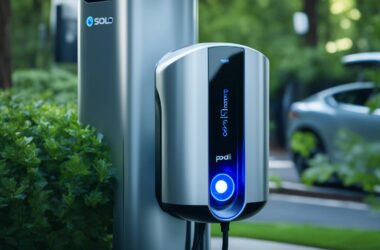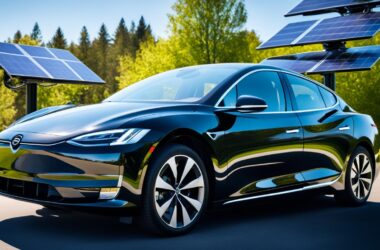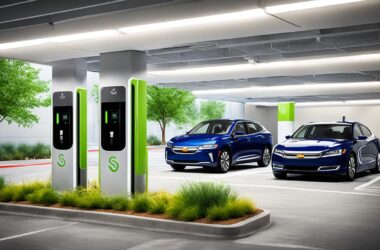Seizing Opportunities Amidst the Electric Vehicle (EV) Surge
Introduction: The Evolution of Sustainability
Around the globe, businesses are intensifying their focus on sustainability, propelling a shift towards reducing environmental footprints. This shift manifests prominently in the move from Internal Combustion Engine (ICE) vehicles to Electric Vehicles (EVs), reshaping the automotive landscape.
The Booming Electric Vehicle Market
The surge in the EV market extends beyond personal vehicles, enveloping commercial fleets, including light and heavy-duty vehicles. This transformation places fuel retailers at a pivotal juncture, necessitating adaptation to new trends.
Fuel Retailers’ Dilemma and Diversification
Fuel retailers face tightening margins on traditional fuel as EVs gain traction. Simultaneously, the allure of EV charging infrastructure as a lucrative venture prompts fuel retailers to diversify offerings for future-proofing.
Commercial Vehicles: The Unsung Heroes of Electrification
While the spotlight often shines on passenger vehicles, the electrification of commercial fleets, encompassing vans and trucks, is a critical aspect of emissions reduction. Governments and businesses, in pursuit of carbon neutrality, are swiftly deploying EVs in commercial transport.
The Rise of Commercial Fleet Electrification
The International Energy Agency projects a substantial increase in light commercial electric vehicles, from 10 million in 2020 to nearly 50 million in 2025 and around 140 million in 2030. Heavy-duty electric vehicles are expected to reach 1.8 million by 2030.
Charging Needs for Commercial Fleets
Beyond attracting high-income customers during charging breaks, fuel retailers find a more lucrative avenue in catering to commercial fleets with mid-route charging needs. Light commercial vehicles, especially in short-haul and last-mile deliveries, emerge as prime candidates for electrification.
Major Players Embrace Electrification
Leading logistic companies, including Amazon, UPS, DHL, and FedEx, are electrifying their fleets to align with carbon neutrality goals. IKEA commits to zero-emission home deliveries by 2025. The increasing stock of electric delivery vehicles amplifies the demand for charging infrastructure.
Fuel Retailers as Charging Hubs: Capitalizing on Opportunities
Recognizing the existing gaps in charging infrastructure, fuel retailers can leverage their locations and infrastructure to install Level 3 chargers, catering to commercial fleets’ time-sensitive charging needs.
Level 3 Charging Stations: The Game-Changer
Level 3 charging stations, renowned for their speed, can charge an EV within minutes, making them ideal for short stops along highways or at petrol stations. These stations address the critical aspect of mid-route charging for commercial fleets.
Diversification Strategies for Fuel Retailers
Apart from revenue from charging, fuel retailers can maximize profits by upselling other services, such as food and beverages, to drivers during the charging duration. This diversification enhances profitability compared to traditional petrol sales.
Government Incentives: A Catalyst for Investment
Government incentives, ranging from tax exemptions to grants, further sweeten the deal for fuel retailers looking to invest in EV charging infrastructure. Leveraging these incentives can significantly reduce investment costs.
Strategic Partnerships: Ensuring Consistent Revenue
Fuel retailers can gain a competitive edge by collaborating with specific logistic or delivery companies, offering discounted charging rates for their fleets. This mutually beneficial partnership ensures a consistent revenue source for fuel retailers.
Conclusion: Paving the Way for Sustainable Mobility
As the automotive landscape transforms, fuel retailers stand at a crossroads of challenges and opportunities. By aligning with the electrification wave, they can play a crucial role in building the charging infrastructure essential for supporting the transition to electric mobility. Meeting the mid-route charging needs of commercial fleets emerges as a strategic avenue for fuel retailers to secure long-term revenue and contribute to a sustainable future.
Read more blogs : https://bestevcharger.co.uk



